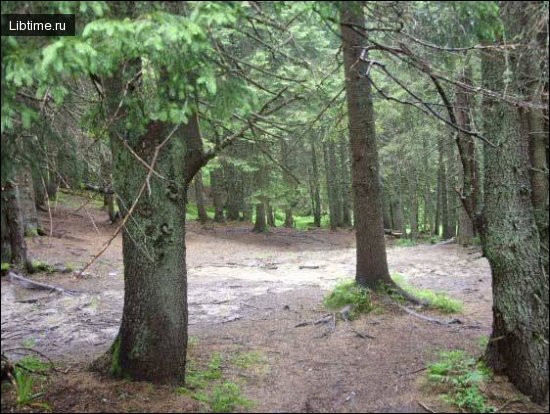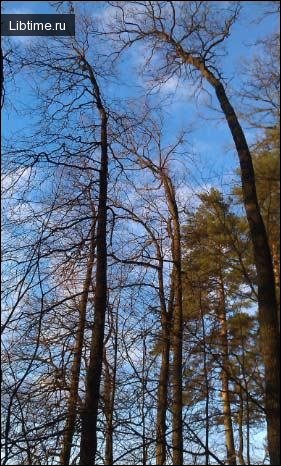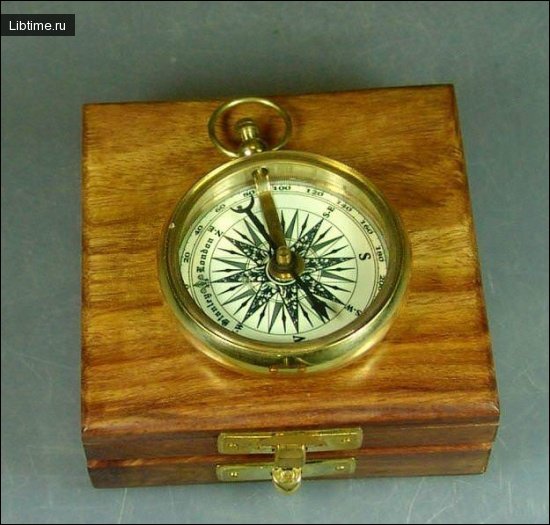Steppe orienteering
A wide, boundless plain spread out before the traveler. As far as the eye can see, there is a space covered with a motley carpet of all kinds of flowers and gray sagebrush. Above the head there is a deep, transparent sky.
It seems that the eye has nothing to stop on, there are no landmarks: no milestone, no post, no bush.... How do you keep the given direction, not to lose your way, not to "spin" the steppe? 
They got lost in the steppe. Zubakha seemed to get lost in the forest, in the mountains, in a large foreign city, but in the steppe, where you can see in all directions? In front of them to the right and to the left, wherever you turn, the steppe. All around is steppe....,
They wandered for a long time, having already realized that they had lost their way, they drove to the west, to the east, came back, drove the car forward - the steppe was moving behind them! It closed them in its circle and did not let them out, did not let them escape, and everywhere, wherever they turned, they were in the center of this enchanted circle, outlined by a circular on the horizon.
- The steppe was spinning!
- Zubakha remembered a phrase he had once heard.
-Yes, circled! Twirled and twirled until all the gasoline was gone! Till the truck was completely dead!
But there are landmarks in the steppe, you just have to look carefully. Here they are: a small area covered with last year's blackened weeds; a saline, oddly shaped bald spot.... A gopher's mink will also help to determine the right direction. Rodents, as a rule, enter their dwelling from the southern side. 
Steppe compass
The vegetation of the steppes, especially the southern ones, lacks moisture in summer. Therefore, there are many succulents - plants that accumulate moisture for life in the dry period. Lettuce is a "compass" plant of special interest in this respect. It is abundant in the central and southern regions of the European part of our country, in Western Siberia and Central Asia.
Lettuce is a biennial weed that has baskets of yellow flowers and vertically arranged leaves, somewhat resembling dandelion leaves. In moist or shaded areas, its leaves are evenly spaced on the stem on all sides. In dry, open areas, where it is common, the leaves are turned flat to the west and east, and to the north and south by ribs.
By turning its leaves ribbed to the south, lettuce protects them from direct sunlight during the hottest part of the day, thereby reducing evaporation. By comparing this feature with compass readings, it can be verified that lettuce leaves point relatively accurately to the horizon. For this feature it is called "steppe compass".
Sunflower as a compass
Who hasn't seen fields of blooming sunflowers? 
When the seeds are ripe, the sunflower caps are in roughly the same direction - east, southeast, rarely south and never facing north. Thus, the sunflower is an excellent assistant in orienteering. By it it is easy to determine the sides of the horizon even in cloudy weather.
Beet is a compass

When studying the features of sugar beet variety "Verkhnyachka" scientists found that its white roots grow from east to west, and red - from north to south. The roots strictly follow this direction and do not bypass obstacles, even if there is free space nearby, in another direction. When you have no other reference point, dig up the beets and they will help you determine the sides of the horizon.
Gullies and sinkholes

The sharp differences between its slopes were striking. One is gentle and, like velvet, covered with soft green grass. This is the southern slope. The opposite slope was steeper, bare, with sandy screes, only occasionally covered with faded vegetation. This is the northern slope of the ravine.
It is more quickly freed from snow; under the influence of sharp temperature changes (thawing during the day and freezing at night) many cracks in the ground are formed here. It dries out earlier and is easily destroyed by rain and melt water flowing into the ravine.
On the southern slope snow is delayed longer in spring, water gradually seeps into the ground, rather than flowing in torrential streams to the bottom of the ravine; in summer the sun's rays seem to slide down this slope and burn grass less. The same pattern was found in several other gullies. Gullies with a north-south or south-north direction usually have the same slopes.
Gullies with southwest to northeast or northwest to southeast slopes are more difficult to navigate. However, with certain skills and observation skills, even in this case it is possible to determine the sides of the horizon without a compass, although the slopes are almost identical.


